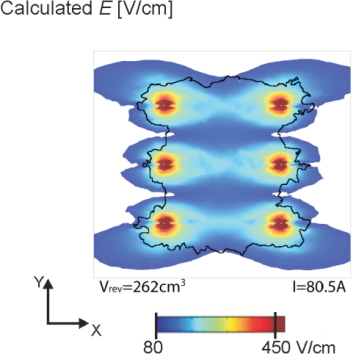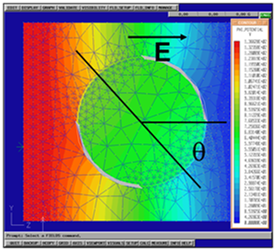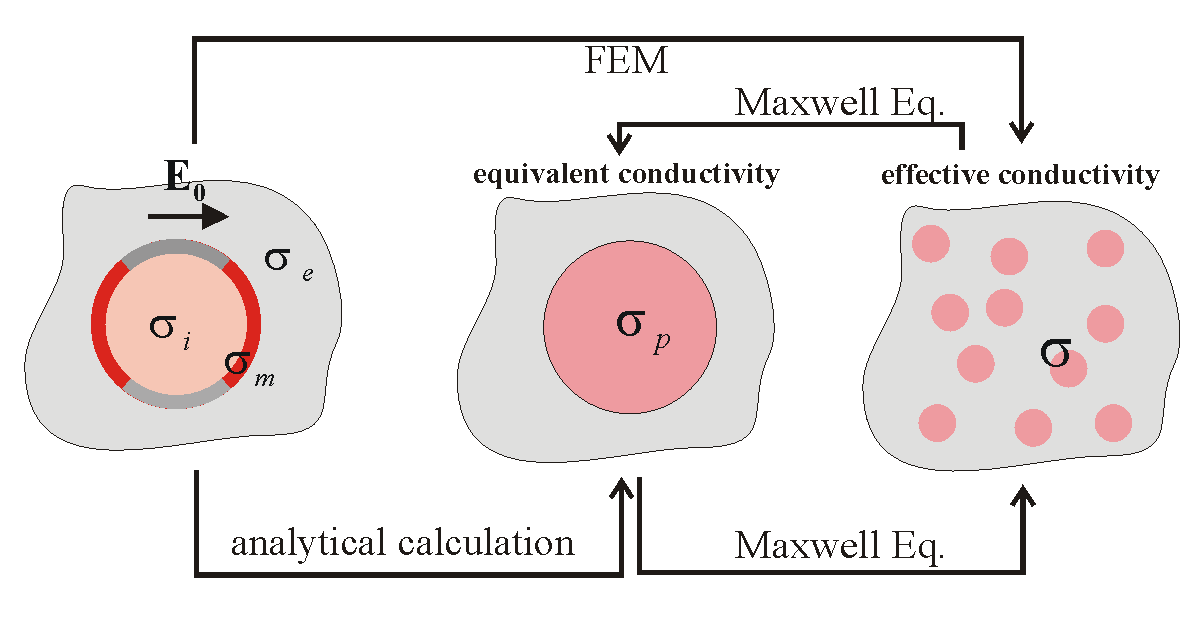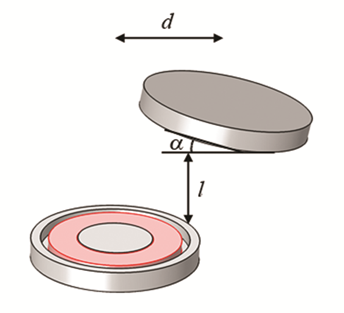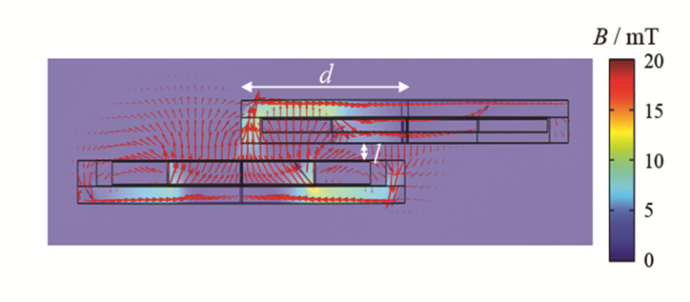Mathematical modelling for biomedical and industrial applications
Numerical modelling of different processes (diffusion, electric field distribution) can help to bridge the gap between in vitro experiments performed in controlled laboratory conditions and the more realistic conditions in vivo with the final goal to translate the experimental results into applications in biomedicine. We analyse interaction of the electric and magnetic fields with biological systems from single cells to tissue. We develop finite element models with professional software for mathematical modelling (Comsol Multyphysics). Finite element modelling is based on division of a given complex geometry into smaller subunits – then for each element partial differential equations can be solved and enables solving complex physical problems including coupled problems. We develop models that enable calculation of the electric field distribution during EGT (electrogene transfer) coupled with heating in order to analyse optimal pulse conditions.
For industrial applications we developed numerical models of magnetic composites from analysis of effective magnetic and electric properties, we also train young researchers in numerical modelling to translate the knowledge into industry for different applications (development of magnetic materials, wireless power transfer,…). Main focuses of modelling are:
- to obtain analytical description of biophysical processes like diffusion, electrophoresis and using proper simplifications or approximations
- using finite-element modelling for calculation of distribution of electric field for DC or AC electromagnetic fields, calculation of joule heating
- multi-scale modelling: deriving equations for connection of a single cell to multi-cellular systems
3D numerical model of skeletal muscle which enables optimization of electrode positions and voltages for more effective in vivo electrotransfer. The electric field distribution is shown for a plane perpendicular to electrode insertion 2 cm deep in muscle tissue. The black contour represents the muscle area that has been reversibly electroporated.
Multiscale modelling from a single cell to a multicellular system:
Numerical modelling for industrial applications
We collaborate with Kolektor Magma Company as support team for 3D numerical modeling. By joined mentorship of PhD students our knowledge of advance numerical modeling is being transferred directly in industrial setting for optimization of processes and products (magnetic composites, inductors, wireless power conductors).
Magnetic field distribution in a wireless power system.
